Setting the Stage
It’s the early hours of February 23, 2010. A Piper PA-28-180 Cherokee, tail number N7778W, is on the final stretch of a long day of flying. The pilot, a 40-year-old commercial pilot and flight instructor, is headed home to the Lebanon-Springfield Airport in Kentucky. He’s no rookie—his logbook showed more than 1,500 hours total time, with about 232 hours in the Piper Cherokee, and he held commercial and flight instructor certificates for single- and multi-engine airplanes as well as instrument instruction. On paper, this was someone with the qualifications and experience to handle the flight.
But as the night unfolded, a string of poor decisions stacked up against him—fuel planning, weather, alcohol, and ultimately, a mismanaged approach into IMC that ended in tragedy.
The Flight Begins
The day started with the pilot flying a passenger from his home airport in Springfield, Kentucky (6I2) down to Anniston, Alabama. That leg went fine, but when he dropped the passenger off, fuel became an issue. Anniston didn’t have fuel available that late at night, so he had to search for an open airport nearby. He eventually found Saint Claire County Airport in Pell City, Alabama, where records show he bought 24.5 gallons of 100LL at 9:59 p.m. local. That gave him just about two hours of fuel—enough to make it home, but without much margin.
From there, he filed IFR back to Springfield and launched into the night. The airplane climbed up to 9,000 feet, cruising north in the dark through a blanket of instrument conditions.
The Approach into Springfield
Close to midnight, the Cherokee approached Springfield. The pilot called Indianapolis Center and asked for the NDB approach to Runway 11. There was a problem: that approach had been out of service for some time, and a NOTAM made that clear. He then asked for a GPS overlay of the NDB approach. Again, no luck—the overlay didn’t exist.
Controllers instead cleared him for the GPS approach to Runway 11. The pilot checked in as he passed the waypoints, reported some light rime icing at 3,100 feet, and finally announced that he had the airport in sight. At that point, he canceled IFR. That was the last anyone heard from him.
Moments later, the airplane struck trees about a mile short of the runway. The Piper broke apart in the woods, killing the pilot instantly.
The Wreckage Tells the Story
The wreckage investigation revealed something striking: there was no evidence of fuel anywhere. No odor, no sheen, no blight on the surrounding vegetation. The carburetor and fuel system components were bone dry. Investigators concluded the engine quit from fuel exhaustion.
Even more concerning, a 375ml bottle of bourbon—partially full—was found in the pilot’s jacket pocket. Toxicology later confirmed a blood alcohol concentration of 0.11 percent. That’s well over the FAA limit of 0.04 for pilots and more than enough to cause impairment in judgment and reaction time.
The Pilot Behind the Yoke
Digging deeper into the pilot’s background, the NTSB found troubling patterns. He had at least two prior arrests for driving under the influence—one with a blood alcohol level of 0.20 percent. But because of an FAA clerical error, his medical certificate wasn’t properly flagged for follow-up review.
Despite clear signs of alcohol dependence, he was still issued a first-class medical certificate. In fact, on his applications, he failed to disclose at least one of his DUIs. The FAA missed the chance to intervene, and the pilot kept flying.
The Night’s Conditions
Weather at Springfield that night was far from ideal. An overcast ceiling at 800 feet, three miles visibility, and freezing ice crystals in the air meant it was classic IMC. This wasn’t a night for sloppy planning. It required precision, fuel reserves, and a clear head. Instead, the pilot was navigating with expired GPS databases, outdated charts, and not enough gas to give himself a cushion.
The Chain of Errors
When you stack it all together, this accident wasn’t about a single mistake—it was about a chain of them.
- He bought just enough fuel to make it home with no meaningful reserve.
- He flew into IMC at night without current navigation data or publications.
- He canceled IFR early, a risky move so close to the airport in poor weather.
- He was flying under the influence of alcohol, clouding every decision he made.
Any one of these errors might have been survivable on its own. But together, they left no margin for error.
Lessons Learned
This accident drives home some stark reminders for all of us in aviation:
- Fuel planning isn’t a guideline—it’s a lifeline. That extra reserve gives you time and options when things don’t go perfectly.
- Currency matters. Out-of-date GPS databases and expired charts aren’t just technicalities; they’re handicaps that can rob you of safe options.
- Never cancel IFR until you’re truly in a position to land. In IMC at night, a mile out can still be an eternity.
- And perhaps the biggest lesson: alcohol and flying don’t mix, ever. This pilot had the hours, the certificates, and the experience. What he didn’t have was the discipline to keep his decision-making clear when it mattered most.
Closing Thoughts
NTSB investigators ultimately cited the pilot’s inadequate preflight planning, fuel exhaustion, and impairment from alcohol as the causes of this crash. They also noted that the FAA’s failures in properly managing his medical certification played a contributing role.
In the end, the Cherokee ran out of fuel just a mile short of safety, leaving behind a story that underscores one of aviation’s hardest truths: experience and certificates can’t overcome poor judgment.

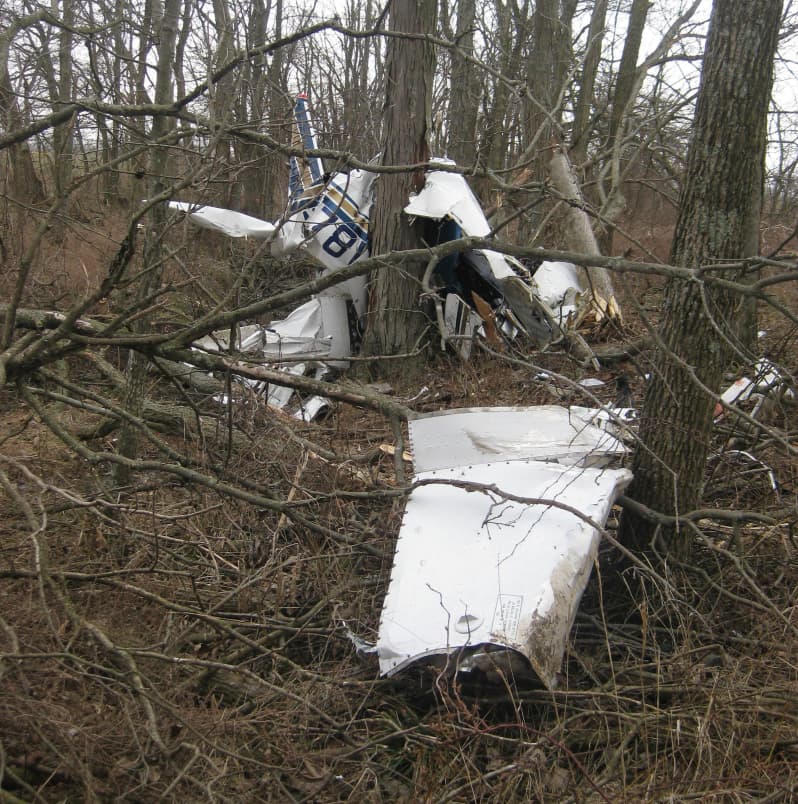


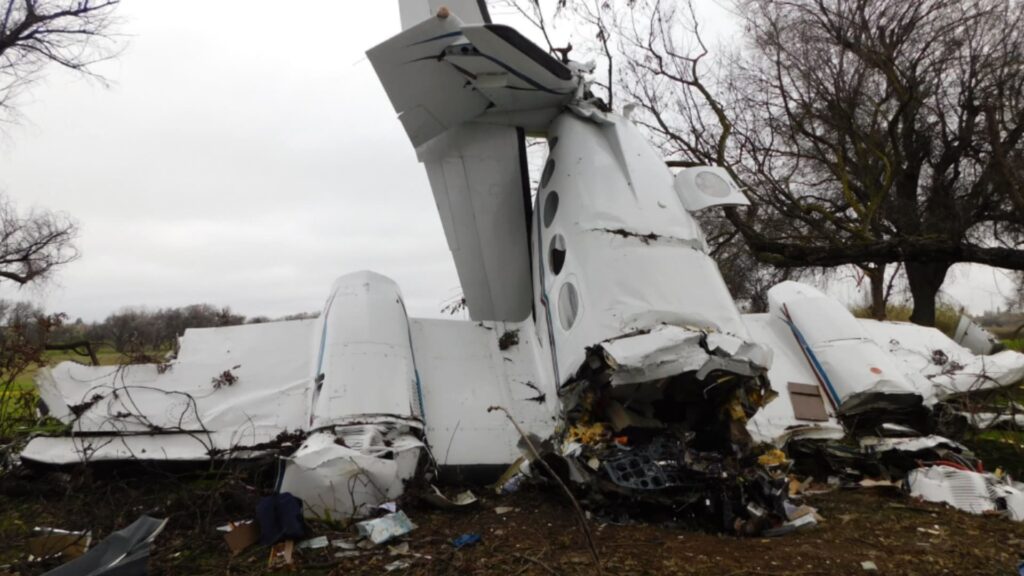
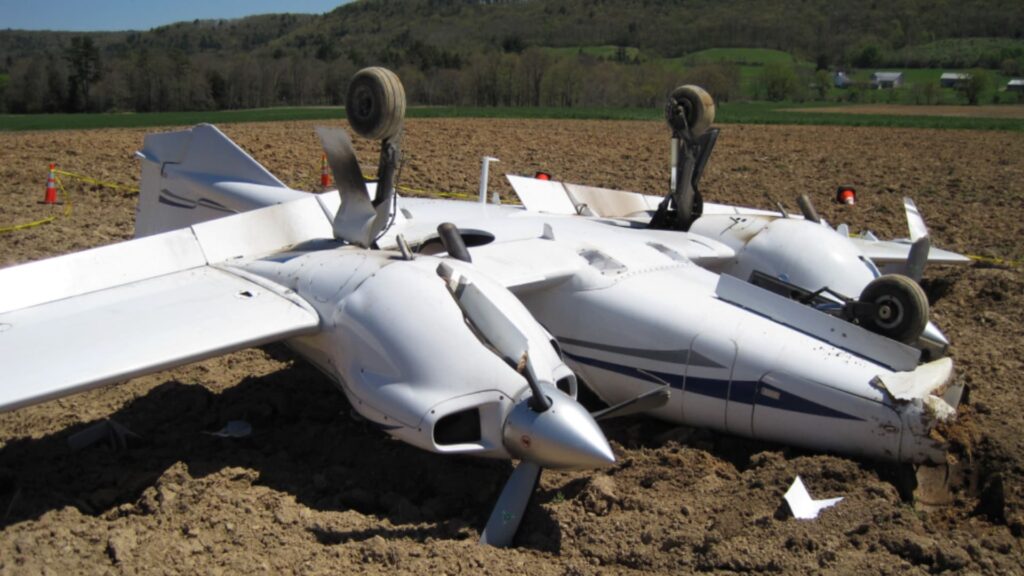
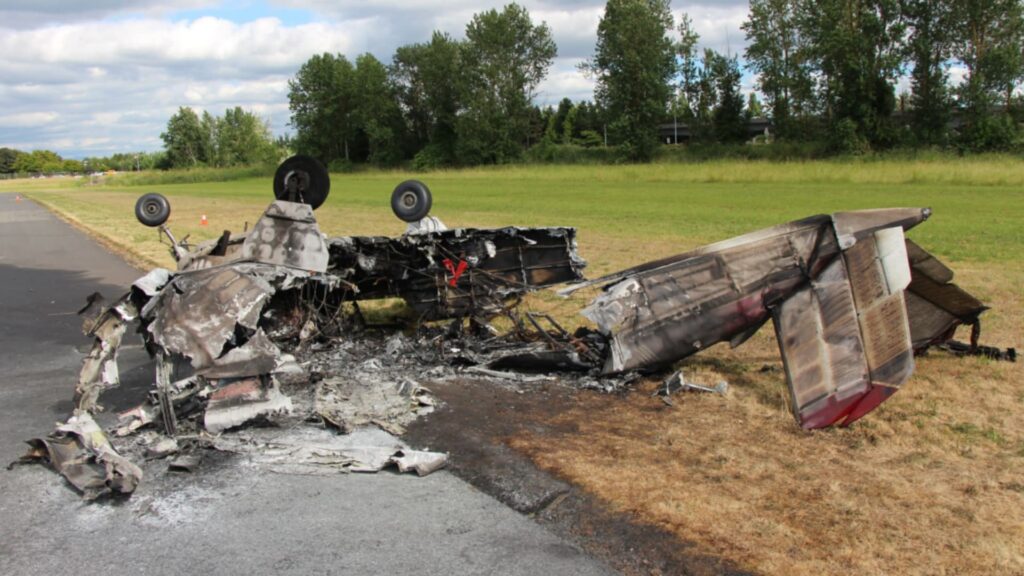
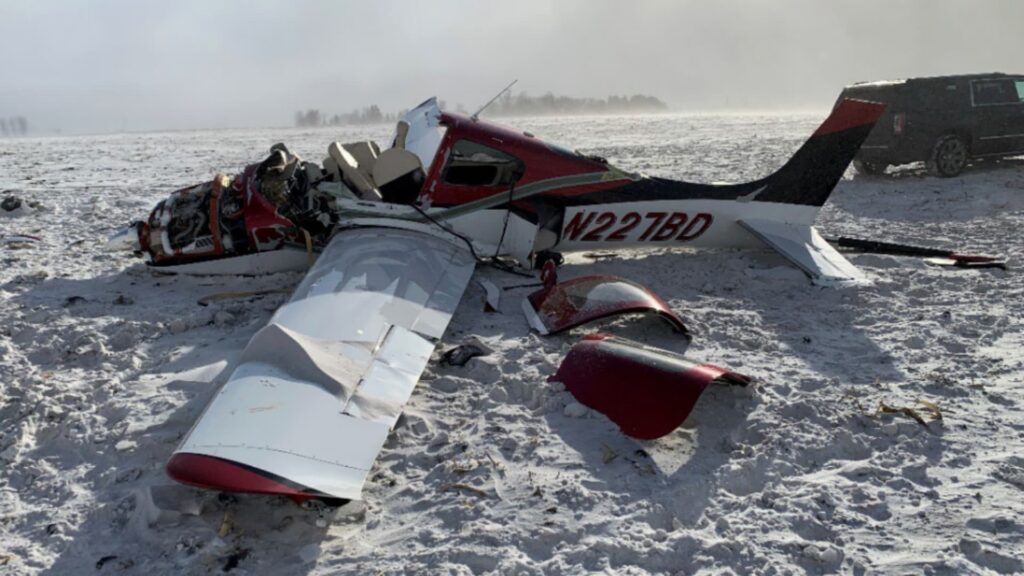
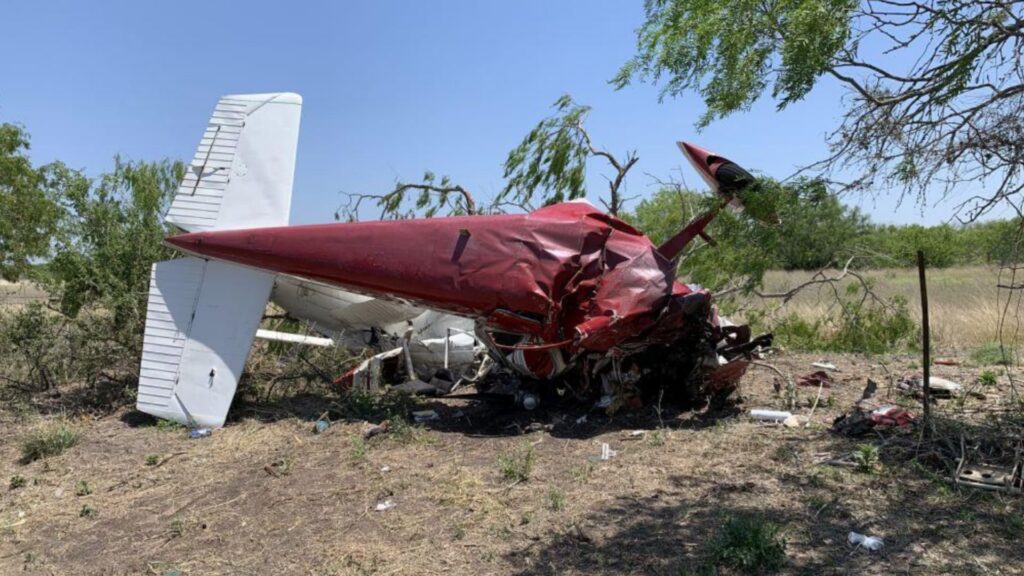
3 Comments
What’s really sad is that no one in the FAA likely was held accountable for this mishap. Also, while the pilot was clearly the immediate cause of this mishap, there were likely many people besides the pilot who knew of his self-destructive behavior and failed to speak up.
Exactly. There could be more done eg someone with a history of alcohol abuse could be made to give frequent urine or bloods and that show alcohol mean revoke his license
Good review. Your chain of errors tells it all.